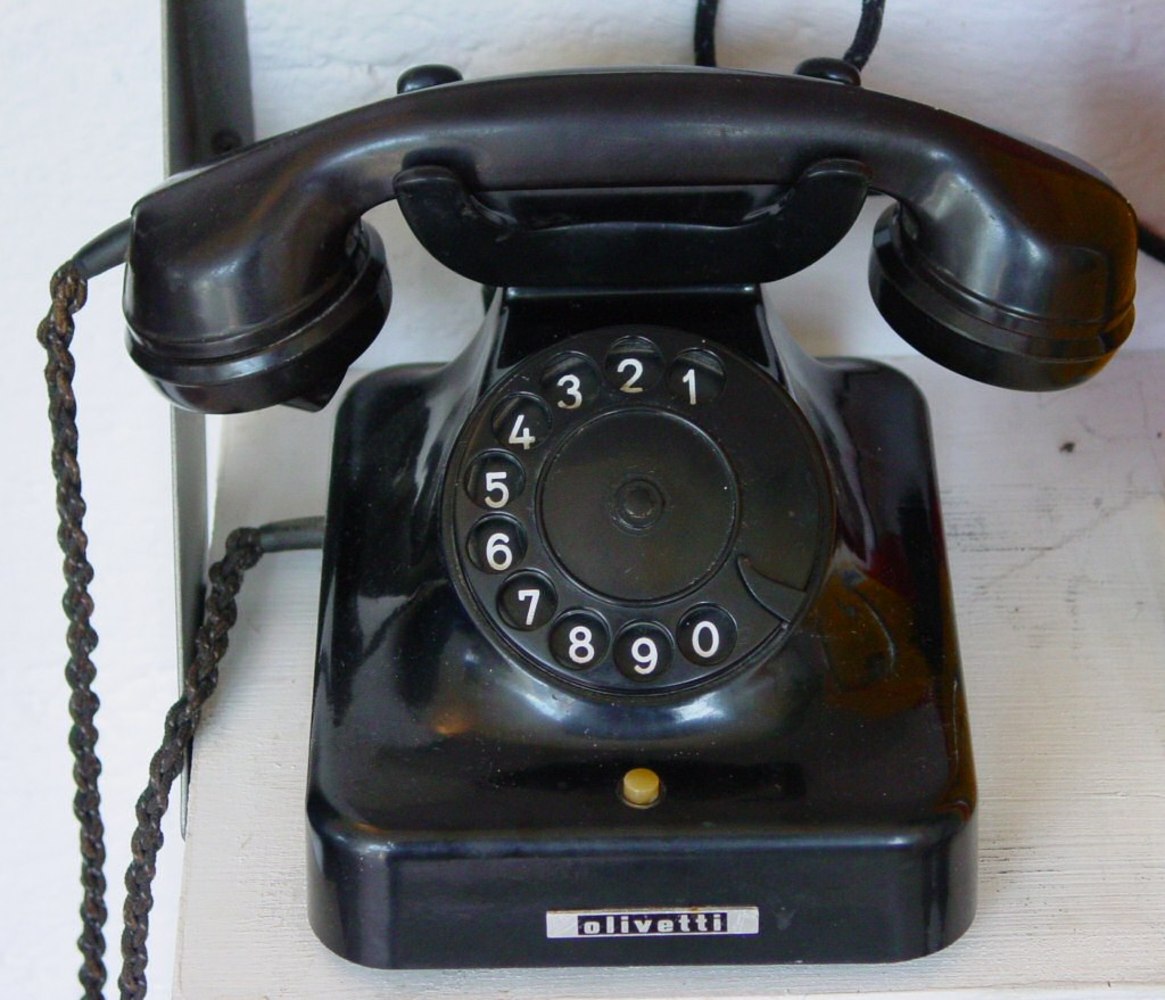Photons that can be stored and emitted from a crystal could be the next step in realising quantum communication. It could mean completely secure communications across the world, with no fear of interception by others.
 Although possible over short distances, the technology to boost quantum signals across larger distances is still some way away. What is needed is a quantum repeater, something similar to the repeaters used in standard communications today, that will boost an incoming signal and then repeat it on the other side, so that as the signal travels it does not lose its strength.
Although possible over short distances, the technology to boost quantum signals across larger distances is still some way away. What is needed is a quantum repeater, something similar to the repeaters used in standard communications today, that will boost an incoming signal and then repeat it on the other side, so that as the signal travels it does not lose its strength.
Quantum communications is based on the idea of entangled photons. The photons come in pairs and are inextricably linked. They describe each other perfectly. One photon can be measured and reveal with absolute certainty what the other photon would reveal if measured. Using this property of entangled photon pairings, the Group of Applied Physics at the University of Geneva, Switzerland separated the photons, in terms of proximity, whilst keeping their entanglement intact.
They were able to send one photon, known as the signal, to a crystal to be stored. The other photon, known as the idler, was kept behind. The signal photon could be detected at a laboratory 50 metres away from the Group of Applied Physics, which when measured, revealed with absolute certainty the outcome of the measurement of the idler photon. "Once you know the outcome of the measurement of the first particle [the signal photon], you are absolutely certain what is the result of the measurement of the second particle [the idler photon]," explains Christoph Clausen from the Group of Applied Physics at the University of Geneva, Switzerland.
The breakthrough in this experiment was that the signal photon was being absorbed by a crystal, held and then a new photon being emitted from the other side. The crystal acts as what is known as a quantum memory, by emitting a new photon that has the same entanglement as the photon that entered the crystal. With further development, this could lead to something known as a quantum repeater - the vital ingredient needed to make quantum communication possible over large distances.
The beauty of quantum communication, if it were possible, is its security. "The thing with entanglement is, once it's gone, it's gone. You cannot restore entanglement," said Clausen. This idea when applied to communications means that data being sent using entangled photons, if intercepted, would immediately be detected, as the entanglement would have to be broken to understand the message.
A separate team in Calgary, Canada have been running a similar experiment but using a different type of crystal. "The big advantage of the crystal they used in Calgary is that it supports a much larger bandwidth, so you can store shorter parcels of light, so this could be used to increase communication rates. Whereas our crystal showed much higher efficiencies... and a much longer storage time," explains Clausen.
The hope is that this will be the first step in making quantum communications a reality. The quantum memories invented by the two separate teams are not yet what is needed for communications, as the memories do not amplify the incoming signal as a repeater does, but is a massive step in the right direction.
Louise Ogden spoke to Christoph Clausen from the Group of Applied Physics at the University of Geneva about his work on quantum memories










Comments
Add a comment